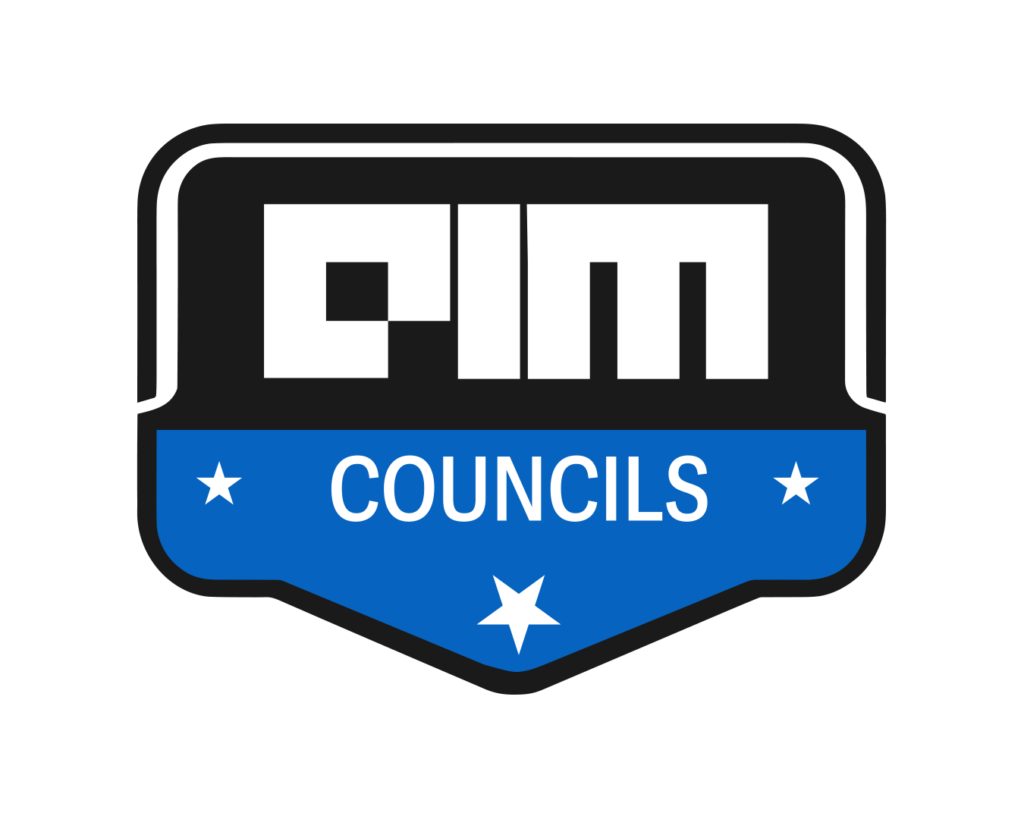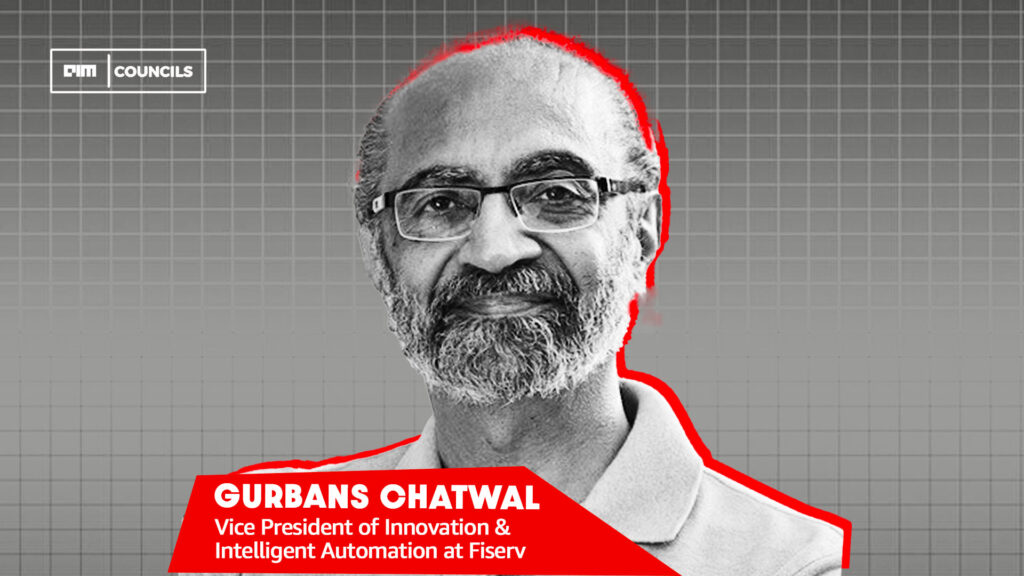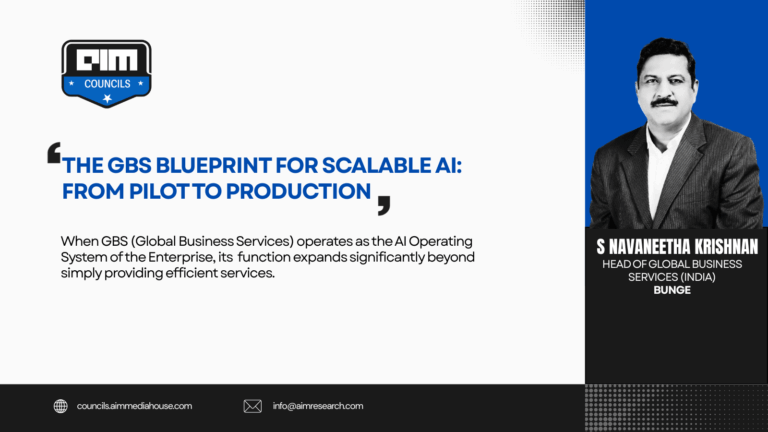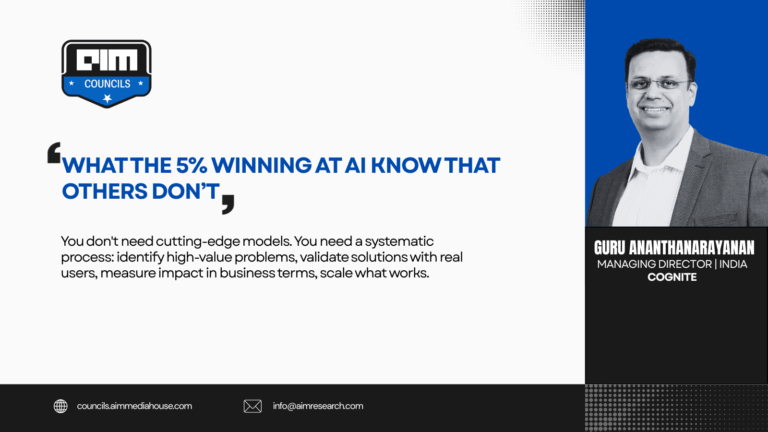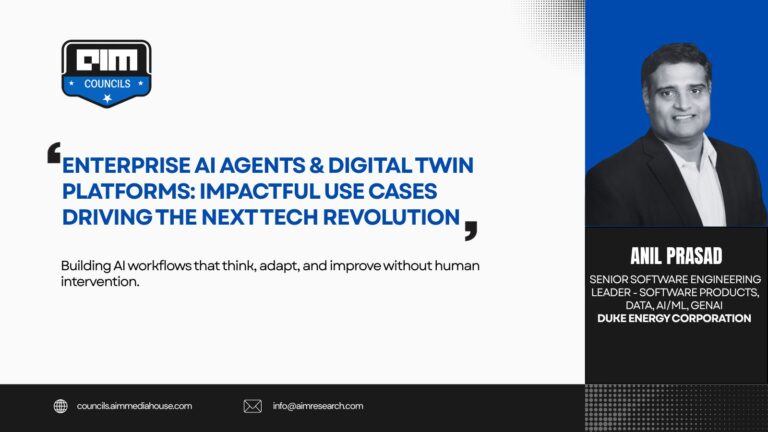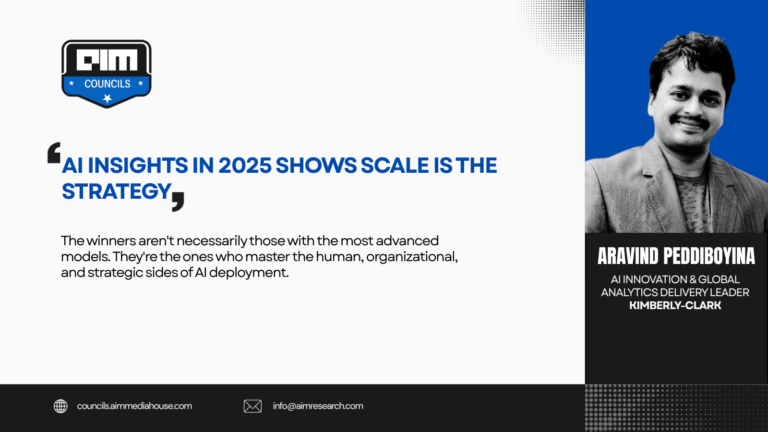Quantum Machine Learning (QML) is emerging at the intersection of two revolutionary domains—quantum computing and Artificial Intelligence. For technology leaders, QML represents a potential leap that could redefine how organizations process data, train models, and extract insights. From optimizing complex financial portfolios to accelerating drug discovery, QML promises solutions to problems that classical computing struggles to solve. While still in nascent stages, global tech giants and Indian institutions alike are investing in quantum computing capabilities; NASSCOM has projected that quantum technologies could add as much as $280 – $310 billion to the Indian economy by 2030.
Evolution of Quantum Machine Learning: Global and Indian Perspectives
Quantum computing has evolved significantly since its inception. The journey began with Paul Benioff’s 1980 proposal of a quantum mechanical model of a Turing machine. In 1981, Richard Feynman famously remarked, “Nature isn’t classical, dammit, and if you want to make a simulation of nature, you’d better make it quantum mechanical.” This statement highlighted the potential of quantum computers to simulate physical phenomena beyond the capabilities of classical computers.
Throughout the 1990s and early 2000s, researchers developed key algorithms, such as Shor’s algorithm for factoring large numbers and Grover’s algorithm for database searching. Today, the global QML landscape features steady advances. For example, researchers have demonstrated quantum classifiers on small datasets and quantum-enhanced kernel methods for pattern recognition. However, it is also clear that practical impact will require more robust quantum hardware – current quantum processors remain error-prone and limited in scale.
India’s National Quantum Mission (NQM), launched in April 2023 with a ₹6,003.65 crore budget, aims to seed, nurture, and scale up scientific and industrial R&D and create a vibrant & innovative ecosystem. Four Thematic Hubs (T-Hubs) were set up (2024) in academic and National R&D institutes in Quantum Computing (IISc Bengaluru), Quantum Communication (IIT Madras), Quantum Sensing & Metrology (IIT Bombay), and Quantum Materials & Devices (IIT Delhi).
How Quantum Machine Learning Works
Most QML approaches today are hybrid, combining classical and quantum computing to enhance machine learning algorithms. In a typical pipeline, a classical computer handles data pre-processing and post-processing, while a quantum processor tackles the complex parts of the algorithm, like computing inner products or transforming data.
One common approach is the variational quantum circuit model, which acts like a quantum version of a neural network. First, classical data is encoded into quantum states using a feature map, which is a series of quantum gates. Then, a parameterized quantum circuit processes these qubits. The parameters of these gates are like the weights in a neural network. Measurements on the qubits provide a classical output (for example, probabilities corresponding to different classes), which is evaluated by a classical optimizer. This optimizer adjusts the quantum circuit’s parameters based on how close the output is to the desired result, forming a feedback loop.
This hybrid approach allows classical machine learning algorithms to be adapted for quantum hardware with minimal changes. It’s worth noting that QML doesn’t entirely replace classical ML; rather, it augments it. Data still often originates from classical sources, and final decisions are consumed by classical systems, so QML algorithms are usually evaluated in a broader workflow. The advantage comes in those hard computational steps in the middle, where a quantum computer could evaluate many possible solutions simultaneously (thanks to superposition) or naturally represent combinatorially large feature spaces. This could make certain training or inference tasks exponentially faster or more accurate.
Use Cases of QML
While general-purpose, large-scale quantum computing remains on the horizon, forward-looking enterprises are already exploring specific use cases of QML that could deliver competitive advantages.
Use Case 1: Financial Risk Modeling and Portfolio Optimization
QML can revolutionize financial risk modeling and portfolio optimization. In finance, managing investment portfolios and detecting fraud involves complex, high-dimensional problems. QML excels at exploring many possibilities simultaneously and finding patterns in vast data sets.
For portfolio optimization, QML can balance risk and return across numerous assets more efficiently than classical methods. Quantum algorithms such as Variational Quantum Eigensolver (VQE) and Quantum Approximate Optimization Algorithm (QAOA) are being explored to tackle optimization problems in portfolio management.
Use Case 2: Pharmaceutical Research and Drug Discovery (Indian Context)
Drug discovery is another domain where quantum machine learning holds transformative promise. Developing a new drug is a lengthy, expensive process, often taking years and billions of dollars, largely because it involves searching through a mind-boggling chemical space of potential molecules and simulating their interactions with biological targets. Classical computers struggle to model complex molecules, limiting our ability to predict effective drug candidates. Quantum computing, built on quantum mechanics, can simulate molecular systems more efficiently – remember the famous remark by Richard Feynman!
For Quantum-Accelerated Drug Discovery, QML algorithms can analyze molecular data, predict properties, and optimize lead compounds faster. For example, they can predict how well a drug molecule binds to a virus protein. Pharmaceutical companies are partnering with quantum computing firms to explore tasks like protein folding and molecular similarity search. At a recent symposium, Dr. Balram Bhargava, former head of ICMR (Indian Council of Medical Research), highlighted that “the integration of Quantum Computing and AI is set to revolutionize drug discovery in India, enabling the country to become a global hub for pharmaceutical advancements.”
Conclusion
Quantum Machine Learning sits at the cutting edge of innovation, marrying the high-dimensional power of quantum computing with the adaptive learning of AI. For tech leaders, it is a strategic technology that, in the coming decade, will unlock new levels of computational capability. The overarching message is one of preparedness and opportunity: while quantum hardware today is still maturing, the quantum machine learning revolution is on the horizon, and it promises to reward the early movers with unprecedented capabilities in data-driven innovation.
Further Reading and References
For those interested in delving deeper into Quantum Machine Learning and related initiatives, below is a list of curated references and resources:
- “Quantum Machine Learning” – Nature Review (2017) – Jacob Biamonte et al. A seminal overview of the field’s foundations, discussing how quantum computing can enhance ML and the challenges ahead.
- IBM Quantum Qiskit Textbook – “Learn Quantum Computation Using Qiskit” – an online textbook by IBM that includes a chapter on quantum machine learning, with tutorials and code examples.
- National Quantum Mission – Govt of India (2023) – Press release and details from the Press Information Bureau on India’s National Quantum Mission, objectives, and funding through 2031 – a blueprint of India’s quantum aspirations.
- Quantum technology use cases as fuel for value in finance – McKinsey (2022), discussing how quantum (and QML) can create value in financial services, with examples of use cases in banking.
- “Quantum Computing, AI to Transform Drug Discovery in India: Former ICMR Chief” – insights by Dr. Balram Bhargava (ex-ICMR chief) on how QML can accelerate drug discovery and bolster India’s pharma industry.
